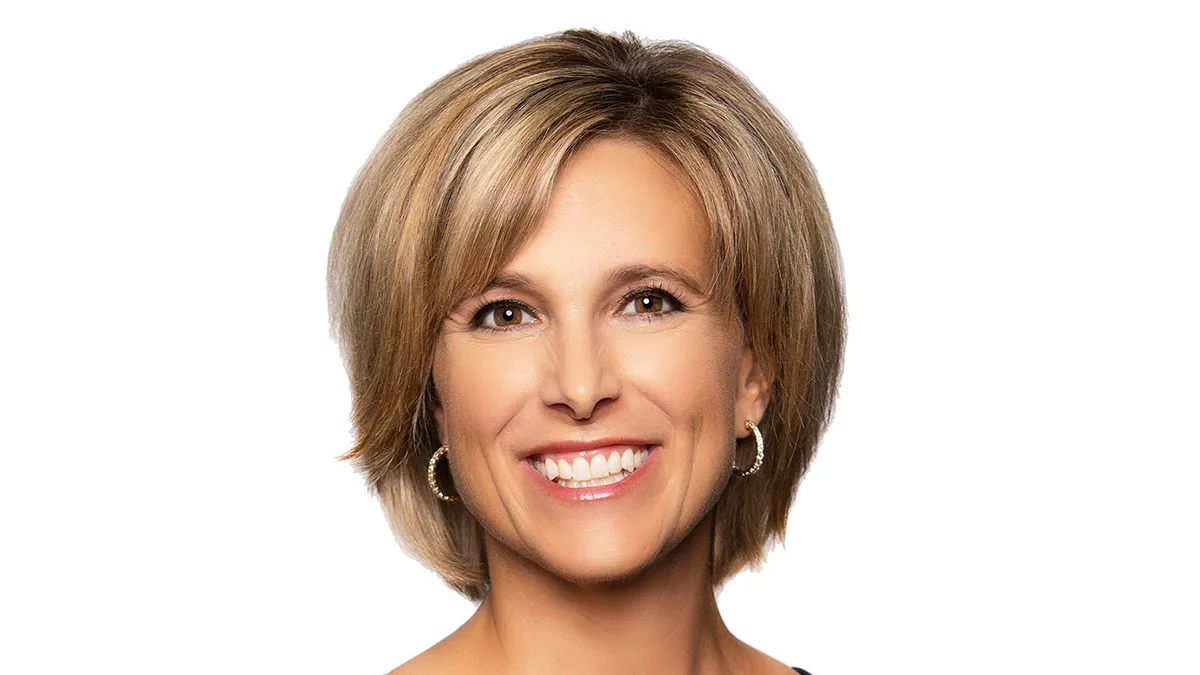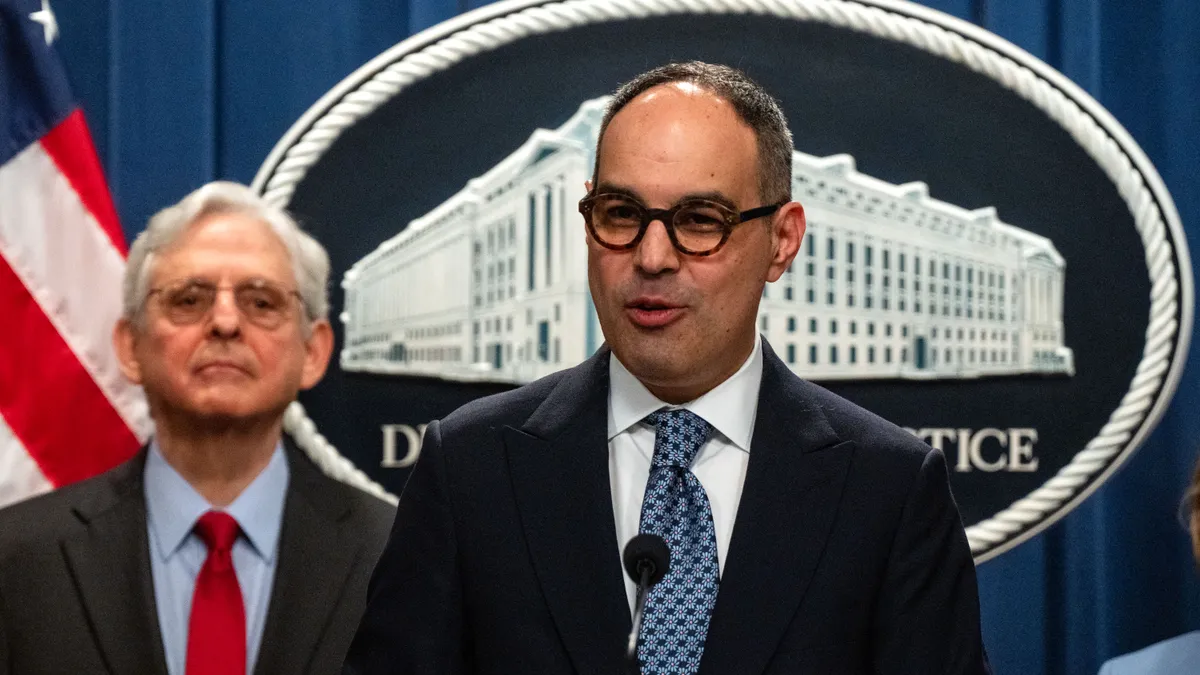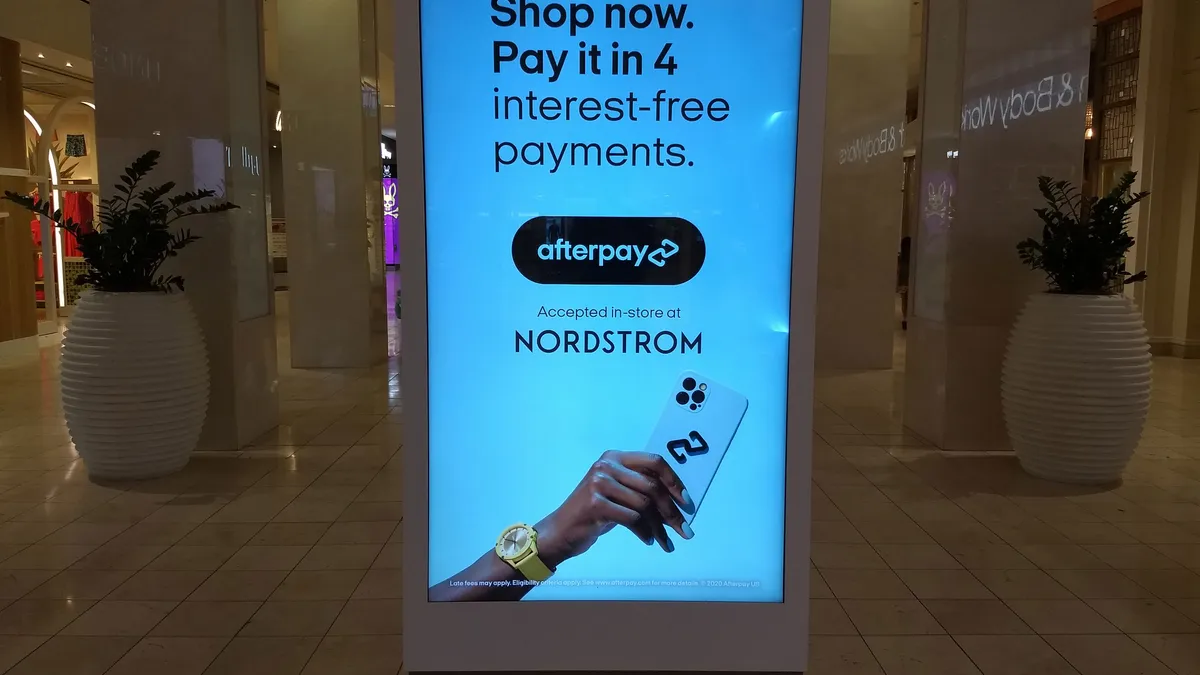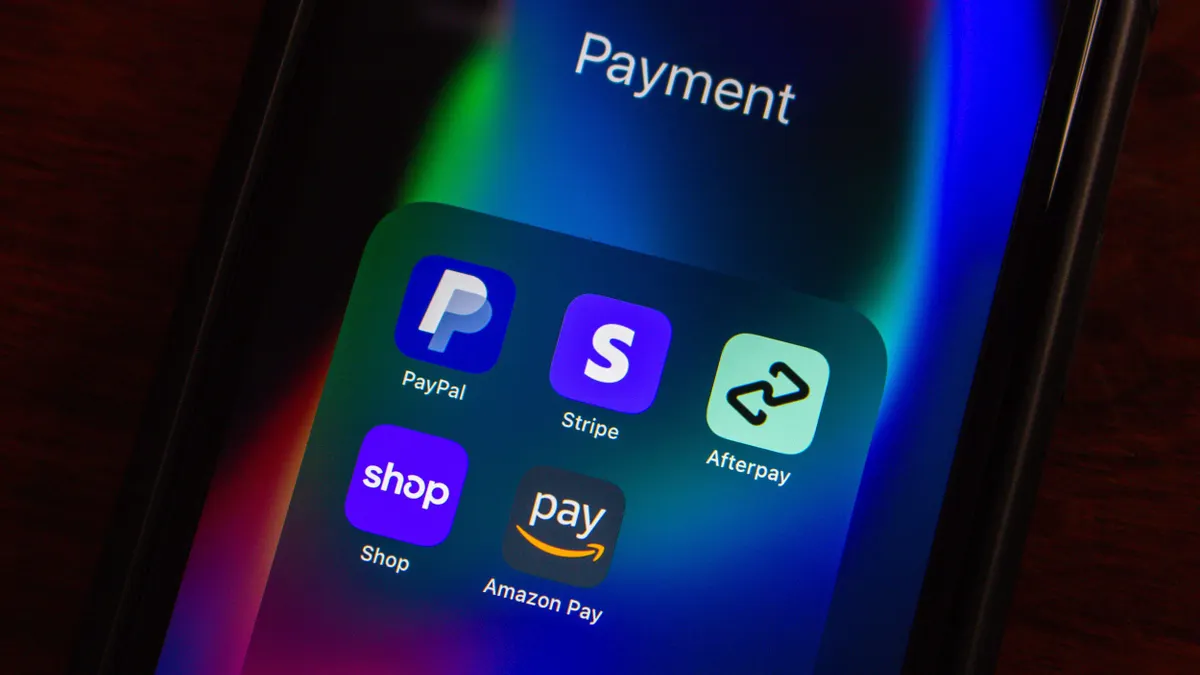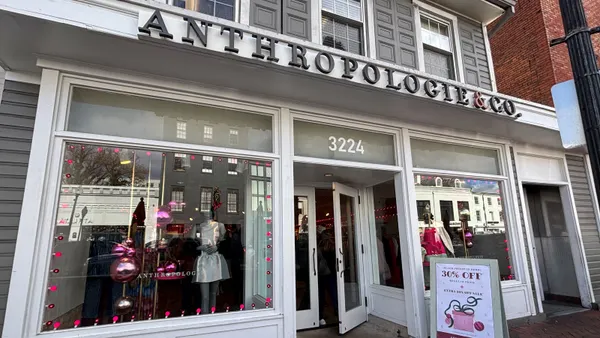Visa plans to begin enforcing a new combined fraud prevention and dispute management program for merchants and their bank partners by the end of this month.
The card network began testing the program April 1, but that “advisory period” ends this month, the company has said, putting more of the onus for thwarting fraud on merchants and financial institutions as of Oct. 1.
Now, merchants, and the acquiring banks that process their credit card transactions, will face new fees, and potentially fines, based on the card giant’s assessment of how well they’re fending off fraud. Visa is intent on using the updated program to increase its defenses in the face of rising fraud.
“There's no doubt that as more digital transactions take place, as more purchases are online, in card-not-present [transactions], the fraud rates go up,” Chargeback Gurus CEO Tim Tynan said in an interview last month. “So, Visa needs to find ways to slow that growth.”
If retailers, restaurants and other merchants want to accept Visa cards, they must participate in the network’s new Visa acquirer monitoring program, known as Vamp for short. The San Francisco-based card company, which is the largest U.S. card network, said last year that Vamp is the result of consolidating five fraud and dispute programs into one new program, which also merges 38 remediation processes into a single process.
Grasping the new Visa program
The new compliance standards that merchants and their acquirers must satisfy are based on a formula that takes into account their levels of card fraud and disputes vis-a-vis their overall payments volume. Any fines are based on whether they satisfy certain compliance ratios based on that formula.
“Many merchants are just trying to understand what the impact is to them,” Tynan said. Plano, Texas-based Chargeback Gurus aims to help merchants reduce fraud and chargebacks, and resells some of Visa’s fraud prevention services.
The Visa’s new program will probably have less impact on larger merchants, while smaller and mid-sized merchants will be more affected, Tynan predicted. Big merchants tend to negotiate their own unique arrangements with card service providers because they have more leverage due to their larger volumes.
Visa’s plan to remake the program was spurred by the increasing complexity of the payments ecosystem, with proliferating players, and the rising rate of automated digital attacks on card credentials. The attacks, which Visa refers to as “enumerations,” resulted in $1.1 billion in losses last year, the company said.
While Visa hasn’t quantified its fraud problem, the new program is expected to cut back on losses globally by as much as $2.5 billion, Visa said in a press release last August when it introduced the program.
Confronting consumer chargebacks
Vamp is also expected to confront a rise of online “friendly fraud” in which consumers make purchases and then process returns, or chargebacks, for financial gain. The value of such disputes from consumers with card issuers jumped last year to $11 billion, up about 50% from $7.2 billion in 2019, according to the consulting firm Datos Insights, which expects such chargebacks to jump another 40% by next year.
Those Datos Insights figures were referenced in a Wall Street Journal piece last year that explained how consumers have “abused” their option to dispute credit card charges.
As part of Vamp, the card network is leaning on bank acquirers that process card transactions to join their merchant clients in adhering to rules to combat fraud. For acquirers, Visa will phase in additional responsibilities by next year.
“Visa is looking to have more accountability with the acquirer,” Tynan said. Visa wants the “acquirer partners to manage this program and to ensure that there’s oversight and policing, and that Visa is not the only one doing the policing.”
In a similar vein, Tynan notes that Visa rival Mastercard is attempting to tokenize all of its transactions by 2030. By tokenizing transactions, that card network can better protect the unique numbers associated with any card holder’s credentials.
Tapping technology to fight fraud
The programs encourage merchants and their banks to “use more of those technologies” to reduce fraud, Tynan said. In Visa’s words, Vamp is also designed to help “acquirers improve their risk controls,” the Visa release said.
Visa’s focus on fraud and consumer chargebacks comes as merchants are trying to make it easier for customers to make legitimate purchases, particularly online. Technologies that allow and process transactions with less “friction” – as in fewer computer clicks to completing a purchase – are generally seen by merchants as more desirable.
Unfortunately for Visa, there has been some tension in its relationships with merchants, and shifting more of the financial burden for fraud losses to merchants and their banks could exacerbate stress.
“Nobody likes paying for things like these programs so merchants will always have a concern about fees,” Tynan explained. From Visa’s perspective, the fees are part of a “monitoring program designed to, ultimately, help them get better acceptance of cards and transactions,” he said.




